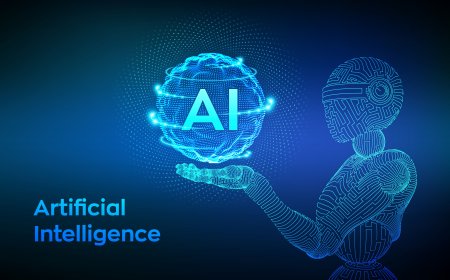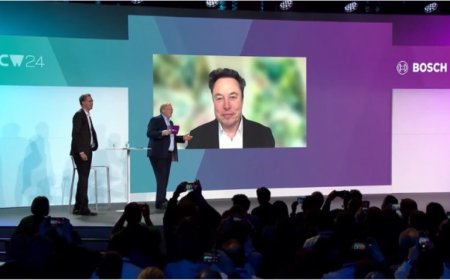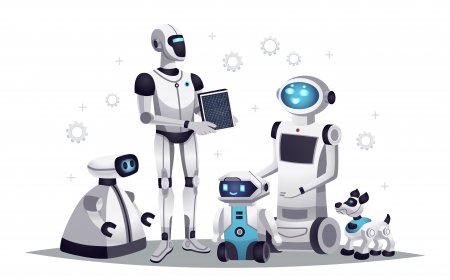Exploring Sora: OpenAI’s Revolutionary Leap in Video Generation Technology

Introduction to Sora
In the rapidly evolving field of artificial intelligence, OpenAI has once again set a new benchmark with the introduction of Sora, its groundbreaking video generation model. Garnering attention for its cinematic-quality video outputs, Sora has not only captivated social media users but also caught the eye of industry giants like Tyler Perry. Perry’s decision to pause a significant expansion of his studio, citing Sora’s capabilities as a pivotal reason, underscores the transformative potential of this technology. This article delves into the mechanics, applications, and implications of Sora, illustrating how it stands to redefine video production.
Sora’s Genesis and Capabilities
Unveiled in February 2024, Sora represents a significant leap forward in video generation technology. Unlike anything before, it can craft high-quality videos from text, images, and existing footage, producing content up to a minute long that features intricate scenes and dynamic camera movements. Sora’s ability to add people to scenes and understand complex prompts with up to 700,000 words highlights its advanced understanding of the physical world and user intentions.
The Technical Mastery Behind Sora
Sora’s exceptional performance is attributed to its innovative architecture, which includes a time-space compressor, a Vision Transformer (ViT), and a CLIP-like conditioning mechanism. This structure allows Sora to efficiently process and enhance video data, starting from compression for manageability, through quality improvement, to the final styling based on user prompts. This process showcases OpenAI’s departure from traditional diffusion model architectures, opting instead for a transformer-based approach that enhances the model’s learning capacity and output quality.
Redefining Video Generation Standards
OpenAI’s strategic decision to train Sora on videos in their native sizes and aspect ratios has led to outputs with more natural compositions and framing. This approach ensures that videos maintain their subjects without awkward cropping, catering to both vertical formats popular on social media and traditional horizontal layouts. Furthermore, Sora’s improved instruction-following capabilities, drawing from lessons learned with DALL-E 3, enable it to generate videos that closely mimic human responses to natural language queries.
Challenges and Ethical Considerations
Despite its impressive capabilities, Sora is not without limitations. The model sometimes struggles with simulating physics accurately and capturing subtle facial expressions, leading to occasional inconsistencies in video outputs. Moreover, OpenAI is actively addressing concerns related to potential biases in Sora’s generated content, striving to ensure that outputs are safe and unbiased. These challenges highlight the ongoing need for refinement and ethical oversight in the development of AI technologies.
Conclusion: The Future Shaped by Sora
Sora’s introduction marks a significant milestone in the field of video generation, offering unprecedented capabilities that promise to revolutionize content creation. From eliminating the need for physical sets to enabling the creation of detailed scenes with simple text prompts, Sora paves the way for more efficient, creative, and accessible video production. As OpenAI continues to refine this model, addressing its limitations and ethical concerns, Sora stands as a testament to the potential of AI to transform industries and redefine our interaction with technology. The journey of Sora, from its inception to its current state and beyond, exemplifies the relentless pursuit of innovation that drives the AI field forward, promising a future where the boundaries of creativity and technology continue to expand.
What's Your Reaction?











































